Idaho’s Hidden Mountain Paradise Rivals Europe’s Famous Peaks
When travelers dream of alpine adventures, their minds typically wander to Europe’s legendary mountain ranges.
Yet tucked away in Central Idaho lies a spectacular secret that outdoor enthusiasts are only beginning to discover.
The Sawtooth Mountains deliver the same jaw-dropping scenery as their European counterparts, minus the overwhelming tourist crowds that now define the Alps experience.
1. A Mountain Range That Rivals The Alps

This rugged wilderness spans roughly 43 miles north to south, featuring granite spires that slice through the sky like ancient stone blades. The range encompasses over 300 pristine alpine lakes, each one more photogenic than the last, alongside 57 peaks soaring above 10,000 feet.
Thompson Peak claims the crown at 10,751 feet, surrounded by dramatic cirque basins carved by ancient glaciers. Imagine standing where ice sheets once dominated, now replaced by crystal-clear waters and wildflower meadows that explode with color each summer.
The geological drama here matches anything Switzerland or Austria can offer, yet you won’t battle shoulder-to-shoulder crowds to witness it.
2. Why These Mountains Stay Off Most Radars
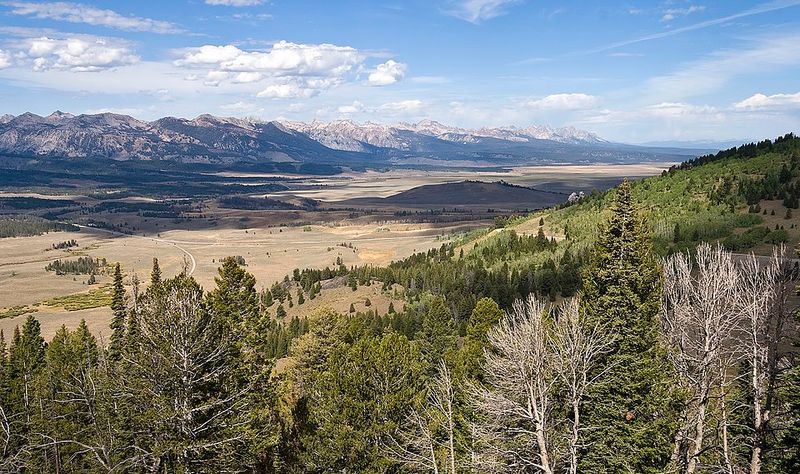
The Sawtooth Range remains beautifully underrated precisely because of its location. Remote doesn’t begin to describe it—this wilderness sits far from major population centers, requiring genuine commitment to reach. That geographical isolation acts as a natural filter, keeping the trails blissfully uncrowded compared to Colorado’s packed fourteeners or California’s Sierra Nevada routes.
Protected within Sawtooth National Forest boundaries, these mountains maintain their wild character. The lack of commercial development means encountering nature in its rawest form, where wildlife sightings outnumber human interactions.
The tiny town of Stanley serves as the gateway, offering basic amenities without the tourist trap atmosphere plaguing more famous mountain destinations.
3. Trail Options For Every Skill Level
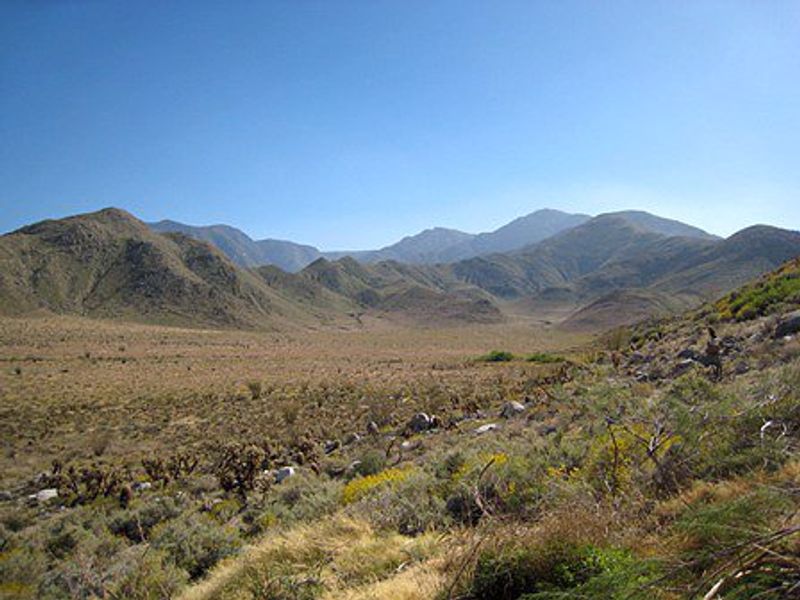
Beginners can ease into the Sawtooth experience on Fishhook Creek Trail, a gentle path following crystal-clear water through forests and meadows. The route gains minimal elevation over its 1.5-hour duration, making it perfect for families or anyone wanting mountain beauty without the cardiovascular punishment.
Hell Roaring Lake presents another accessible option, rewarding hikers with a massive 57-acre alpine lake whose surface mirrors the Finger of Fate summit above.
Those seeking moderate challenges should tackle the Bench Lakes Trail, connecting five stunning bodies of water over an 8-mile journey.
Sawtooth Lake via Iron Creek represents the quintessential day hike here—10 miles of effort culminating in postcard-perfect alpine scenery.
4. Adventures For Seasoned Mountain Goers
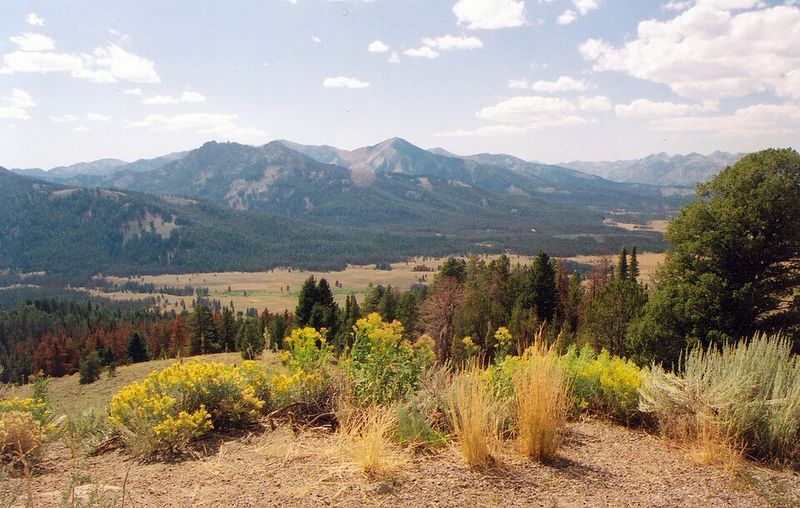
The Alice-Toxaway Loop stands as the region’s crown jewel backpacking route. This nearly 19-mile circuit demands multiple days, threading through wildflower meadows, dense forests, and high granite passes. The payoff comes in sweeping wilderness panoramas that showcase why these mountains deserve far more recognition.
Thompson Peak challenges even experienced mountaineers with its Class 3 scrambling sections and exposed ridgelines. Advanced navigation skills become essential beyond the marked trail, and the summit’s 360-degree views feel earned after the physical and mental demands of the ascent.
Only those comfortable with route-finding and exposure should attempt this crown jewel.
5. Timing Your Mountain Escape
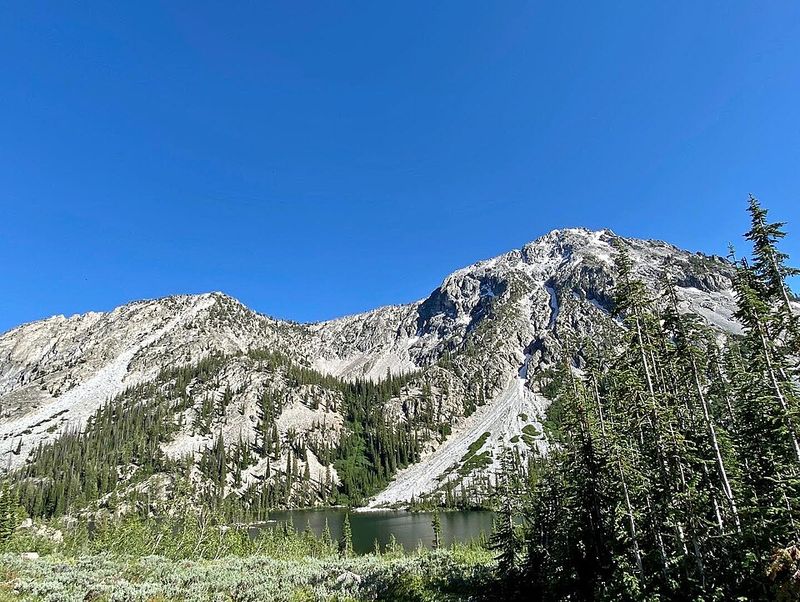
September emerges as the sweet spot for Sawtooth hiking. Autumn transforms the landscape into a painter’s palette while temperatures drop to comfortable levels. The mosquito hordes retreat, and trail traffic dwindles to a trickle.
Early snowfall remains the only concern worth monitoring during this golden window. Summer brings peak conditions and extended daylight, though bugs reach their most aggressive between mid-July and August. Even during this busiest season, the crowds pale in comparison to famous Colorado or California hiking zones.
Spring appeals to adventurous types who relish snow-covered passes and swollen creek crossings, while winter attracts only hardcore enthusiasts willing to battle freezing temperatures.
6. Wildlife Encounters In Pristine Wilderness
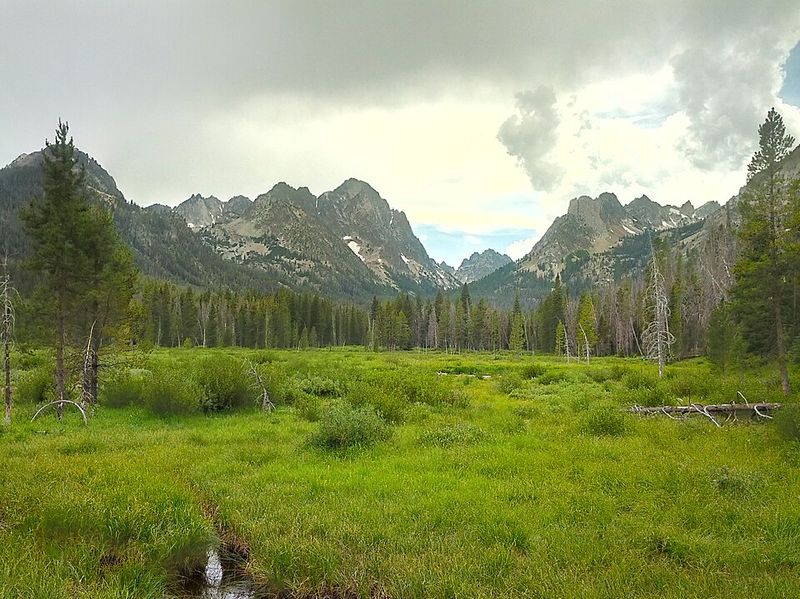
Mountain goats navigate impossible cliff faces with casual grace, their white coats standing out against dark granite walls. Elk herds graze peacefully in high meadows during summer months, their bugling calls echoing through valleys come autumn.
Black bears forage for berries along forest edges, while mule deer bound effortlessly across talus slopes. Marmots whistle warnings from boulder fields, and pikas scurry about collecting vegetation for their winter stash.
Bird enthusiasts spot everything from golden eagles circling thermals to tiny hummingbirds visiting wildflowers. The isolation that keeps human crowds away creates perfect conditions for wildlife to thrive undisturbed throughout their natural range.
7. Getting Started In The Sawteeth
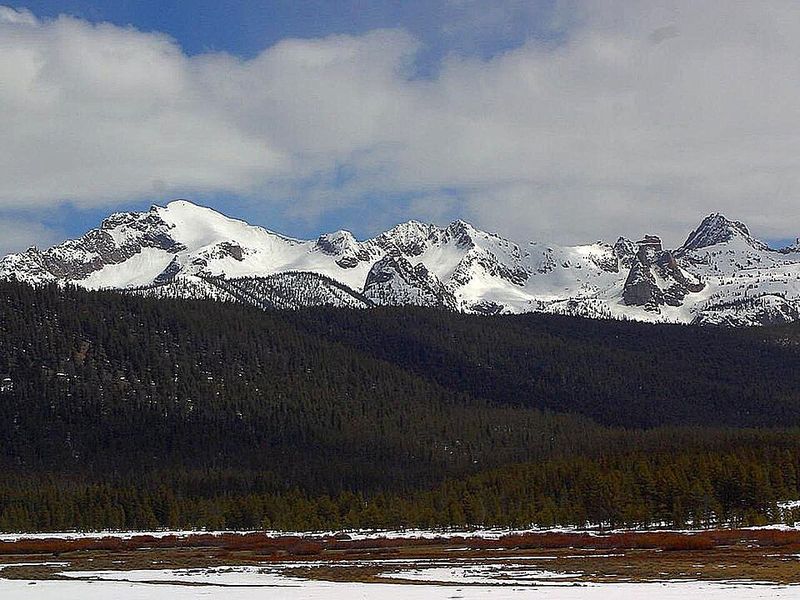
Access couldn’t be simpler despite the remote location. The Sawtooth Scenic Byway (Highway 75) curves through the mountain range’s base, providing straightforward entry to most trailheads. Regulations stay refreshingly minimal—hikers complete self-issued wilderness permits at trailheads, and dogs can tag along on nearly every route except Goat Creek drainage.
This accessibility combined with preserved wilderness creates something increasingly rare in American mountain ranges. Visitors discover authentic backcountry experiences without needing extensive planning, specialized gear, or expensive permits.
The infrastructure supports exploration while never overwhelming the natural setting that makes these mountains special in the first place.






